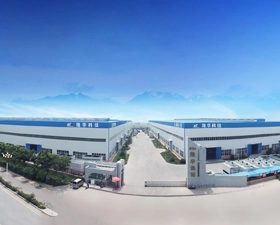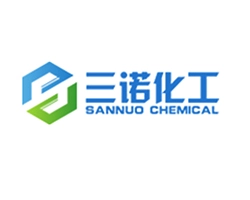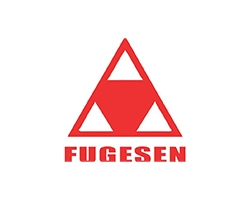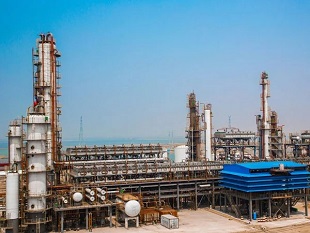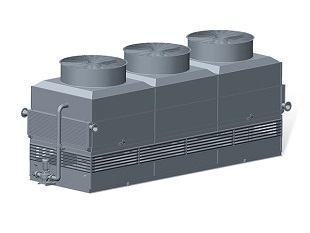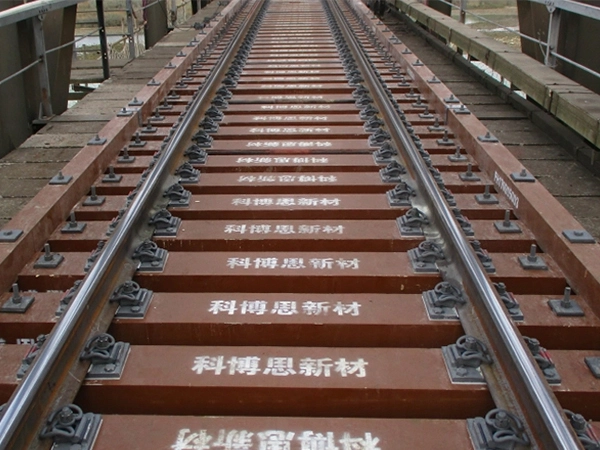Molybdenum crucibles function based on the principle of metallurgical composition and high-temperature resistance. Molybdenum metal has a high melting point of 2,623°C, making it well-suited for applications involving high-temperature melting and casting. The molybdenum crucible is designed to withstand these high temperatures and the harsh environment of melting and casting processes.
During the melting process, the molybdenum crucible is placed inside a furnace and loaded with the material being melted. As the temperature of the furnace increases, the material inside the crucible starts to melt, and the molybdenum crucible maintains its shape.
Molybdenum crucibles are also commonly used for sintering and heat treatment applications. In these cases, the crucible is loaded with the material to be sintered or heat-treated and placed inside a furnace. The molybdenum crucible functions as a container that holds the material, while the high-temperature environment creates the desired sintering or heat treatment effects.
In summary, the operating principle of molybdenum crucibles is based on their high-temperature resistance, which allows them to withstand the extreme heat generated during melting, sintering, and heat treatment processes. The crucibles are designed to maintain their shape and integrity in these harsh conditions, allowing for safe and reliable material handling and processing.


 EN
EN
 jp
jp  ko
ko  fr
fr  de
de  es
es  it
it  ru
ru  pt
pt  ar
ar  tr
tr 